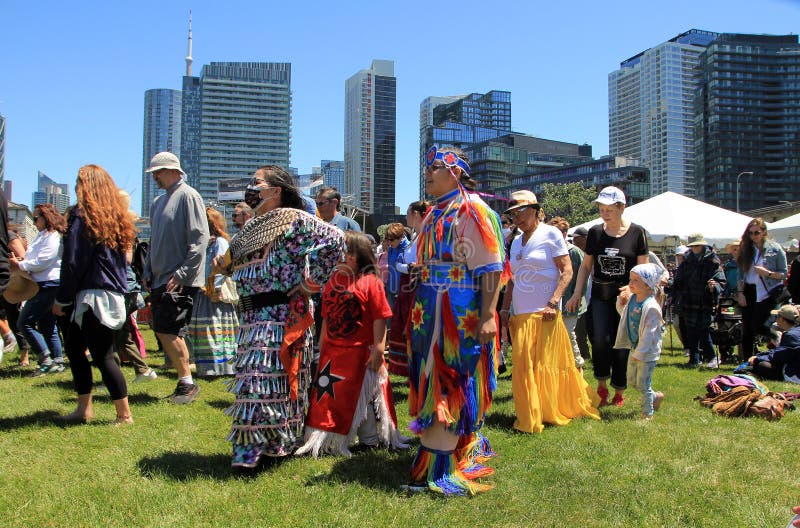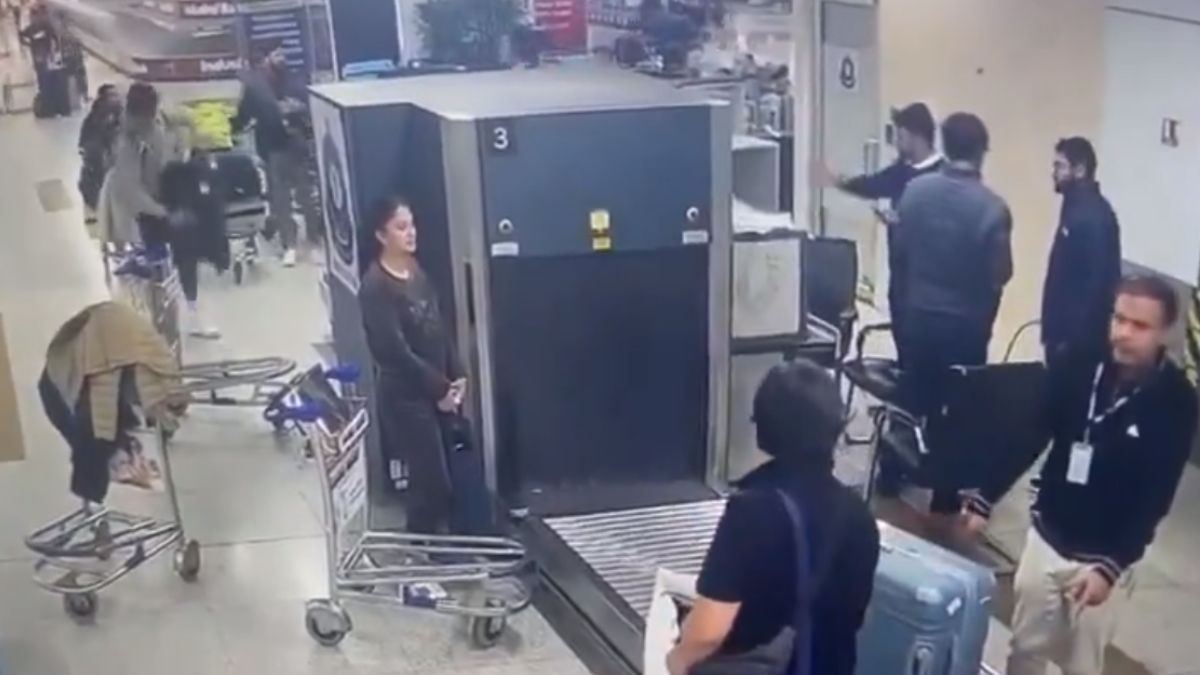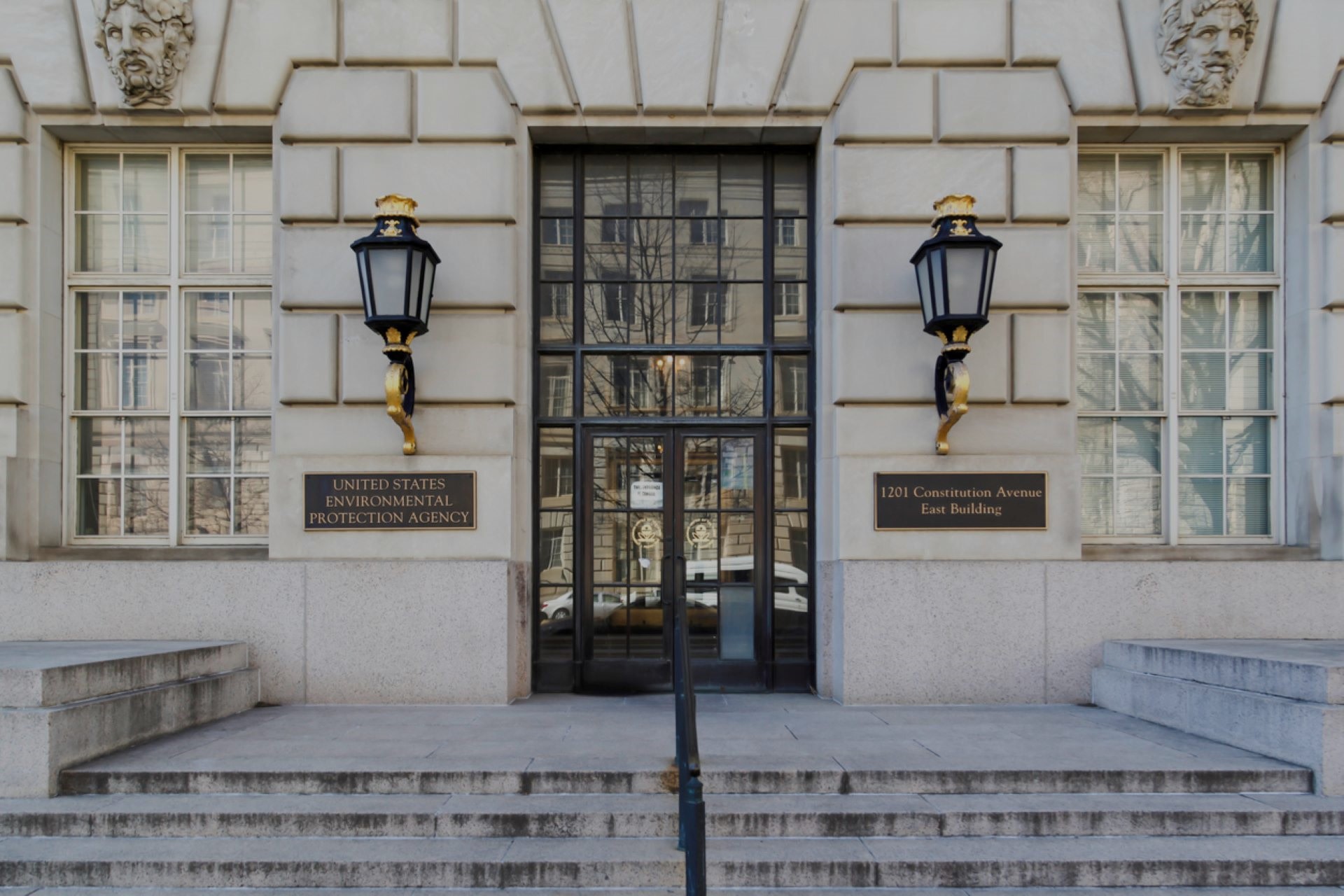Difficult Economy Threatens Popular Indigenous Arts Festival

Table of Contents
Financial Strain on Artists and Organizers
The current economic downturn has created a double-edged sword for the Indigenous Arts Festival, impacting both the artists and the organizers. The financial strain is immense and threatens the festival's very existence.
Decreased Funding and Sponsorship
The festival relies heavily on a variety of funding sources, and unfortunately, many have dwindled significantly.
- Loss of major corporate sponsors: Several long-term corporate sponsors have reduced or withdrawn their support due to economic pressures, resulting in a loss of approximately $50,000 in funding.
- Reduced government grants: Government funding, crucial for the festival's operation, has been cut by 15%, totaling a $30,000 reduction.
- Decline in individual donations: Individual donations, while vital, have also seen a noticeable decrease, reflecting the broader economic hardship impacting the community.
This combined loss of funding directly impacts the festival's ability to cover essential operational costs, including venue rental, marketing, and artist stipends. The impact on Indigenous artists is particularly severe, as many rely on the festival for a substantial portion of their annual income. Funding for Indigenous art is already limited, and this situation exacerbates the existing economic challenges for Indigenous communities.
Rising Costs of Materials and Logistics
Adding to the financial strain are the rising costs of materials and logistics.
- Increased prices for traditional materials: The price of many traditional materials used by Indigenous artists, such as natural dyes, specific woods, and handcrafted tools, has skyrocketed due to inflation and supply chain issues.
- Higher transportation costs: Increased fuel prices and transportation costs make it significantly more expensive for artists to transport their work to the festival.
- Inflation impacting vendor fees: The increased cost of everything, from electricity to insurance, impacts vendor fees, making participation even more challenging for artists.
These challenges for Indigenous artisans place an immense burden on their ability to create and sell their work, directly impacting their participation in the festival and their overall economic well-being. The cost of traditional art supplies has become a significant barrier to entry for many talented artists, threatening the diversity of artistic representation at the festival. The logistics of the Indigenous Arts Festival itself are becoming increasingly expensive, further challenging its sustainability.
Impact on Attendance and Participation
The economic difficulties are not only affecting the financial viability of the festival but also its attendance and participation levels.
Reduced Ticket Sales and Visitor Numbers
The economic hardship impacting the broader community has had a direct consequence on festival attendance.
- Fewer people attending due to economic hardship: With disposable income reduced, fewer people can afford to attend the festival, resulting in a projected 20% decrease in ticket sales compared to last year.
- Impact of inflation on disposable income: The general rise in the cost of living has reduced the discretionary spending of potential visitors, further diminishing attendance.
This decrease in attendance has a direct impact on the festival's revenue, creating a vicious cycle where reduced funding leads to fewer attractions and a further drop in attendance. The economic impact on cultural events like the Indigenous Arts Festival is significant, undermining their ability to thrive and fulfill their cultural mission.
Fewer Artists Participating
The economic pressures are also leading to a decline in artist participation.
- Artists unable to afford travel or materials: Many artists are unable to afford the costs associated with traveling to the festival, purchasing materials, and setting up their booths.
- Decline in applications from artists: This financial barrier has resulted in a noticeable decline in the number of applications received from Indigenous artists, impacting the diversity and richness of the festival.
This diminished participation significantly impacts the representation of Indigenous cultures at the festival, leading to a less vibrant and diverse celebration of Indigenous artistry. Supporting Indigenous artists is crucial not only for their economic well-being but also for the preservation of their cultural heritage.
Potential Solutions and Support Strategies
While the challenges are significant, several solutions and support strategies can help ensure the survival of the Indigenous Arts Festival.
Crowdfunding and Community Fundraising
Leveraging the power of community support is vital.
- Launching a crowdfunding campaign: A well-structured crowdfunding campaign can reach a broader audience and generate significant funding.
- Organizing community fundraising events: Local community events, such as concerts and art auctions, can raise funds and increase awareness.
- Seeking grants from smaller foundations: Exploring opportunities with smaller foundations that focus on arts and cultural preservation can provide additional funding sources.
These initiatives are crucial for securing the necessary funds to cover immediate needs and ensure the long-term sustainability of the festival. Funding for Indigenous art through community support underlines the importance of preserving these rich cultural traditions.
Government Intervention and Policy Changes
Government intervention and policy changes are also crucial for supporting the festival and Indigenous artists.
- Advocating for increased government funding: Increased government funding specifically allocated to support Indigenous arts and cultural events is vital.
- Proposing tax incentives for sponsors: Providing tax incentives for corporations sponsoring Indigenous art events would encourage greater participation from the private sector.
- Exploring policy changes to support Indigenous artists: Policy changes to support Indigenous artists, such as access to affordable materials and marketing assistance, are crucial.
Government support for Indigenous arts and the implementation of policies supporting Indigenous communities are essential for the long-term sustainability of the Indigenous Arts Festival and the preservation of Indigenous traditions. Cultural preservation initiatives often require substantial government investment to ensure their continuation.
Conclusion
The Indigenous Arts Festival, a vital celebration of Indigenous culture and artistry, is facing an unprecedented challenge due to the difficult economic climate. Decreased funding, rising costs, and reduced attendance threaten the festival's future. However, through creative fundraising strategies, robust community support, and strategic policy changes, it is possible to ensure the survival and continued success of this important event. We must act now to preserve this invaluable cultural asset. Let's rally together to support the Indigenous Arts Festival and the artists who bring its vibrant traditions to life. Help save the Indigenous Arts Festival—donate today, and let’s keep this vital cultural event thriving.

Featured Posts
-
 Geweldsincident In Van Mesdagkliniek Malek F Verdacht Van Steekpartij
May 01, 2025
Geweldsincident In Van Mesdagkliniek Malek F Verdacht Van Steekpartij
May 01, 2025 -
 Frances Rugby Future Six Nations 2025 And Beyond
May 01, 2025
Frances Rugby Future Six Nations 2025 And Beyond
May 01, 2025 -
 Xrp Price Prediction After Ripples 50 Million Sec Settlement
May 01, 2025
Xrp Price Prediction After Ripples 50 Million Sec Settlement
May 01, 2025 -
 Kashmiri Cat Owners Alarmed By Viral Social Media Posts
May 01, 2025
Kashmiri Cat Owners Alarmed By Viral Social Media Posts
May 01, 2025 -
 Legal Ruling Impacts E Bays Liability For Banned Chemical Sales
May 01, 2025
Legal Ruling Impacts E Bays Liability For Banned Chemical Sales
May 01, 2025
